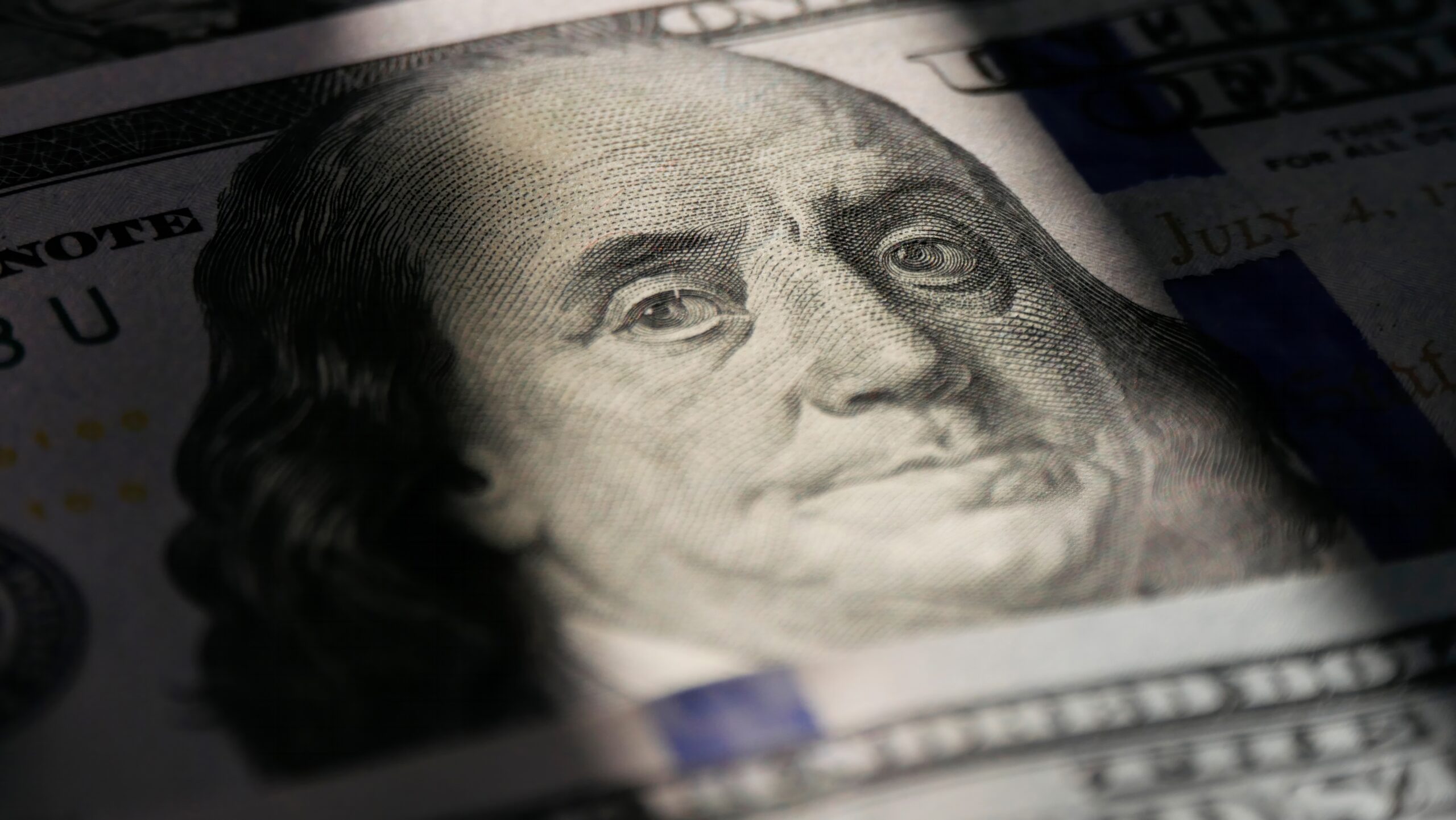Products You May Like
Last week, the US Food and Drug Administration (FDA) sent draft rules to the White House that would ban the sale of cigarettes as we now know them. Under a new product standard, all cigarettes sold in the US would be subject to a maximum nicotine content threshold. This new threshold—a very low nicotine (VLN) product standard—would likely be substantially lower than the amount of nicotine that naturally occurs in tobacco plants and is contained in cigarettes.
While the FDA may not declare their VLN product standard a prohibition on cigarettes, implementation of a VLN standard would function as one. One cigarette product (VLN King) would likely meet the FDA’s requirement and be available for sale, but consumers have shown practically zero affinity for the product. Despite being the first low-nicotine product authorized for sale by the FDA, it has almost no market share. The company responsible for producing VLN King operates at massive deficits and has become a penny stock, trading for an all-time low price as of the writing of this article.
Smokers don’t want low-nicotine cigarettes. The same argument illustrates why low-alcohol content beers don’t dominate the market and decaf coffee isn’t Starbucks’ leading seller.
A VLN product standard would be cigarette prohibition. Alcohol prohibition was worded similarly. The Volstead Act—the “National Prohibition Act”—didn’t prohibit all alcohol sales. Rather, the Act could be defined as a very low alcohol content product description. The Volstead Act defined “beer, wine, or other intoxicating malt or vinous liquors” as “any such beverages which contain one-half of 1 per centum or more of alcohol by volume.”
Alcohol prohibition failed. Cigarette prohibition would be even less effective at ridding the market of the banned product. Cigarettes are easily transportable in bulk and massive cigarette smuggling operations are already in place due to overly punitive taxA tax is a mandatory payment or charge collected by local, state, and national governments from individuals or businesses to cover the costs of general government services, goods, and activities.
rates. In 2022, 54 percent of cigarettes consumed in New York were smuggled into the state. Nearly half of the cigarettes consumed in California and New Mexico were not legally purchased in those states.
The United States has massive problems with cigarette smuggling and a cigarette prohibition would exacerbate those problems to levels previously not even considered. Law enforcement expenditures would need to increase substantially to enforce the prohibition and combat the illicit market. The biggest hit to the public budget would be the decline in tax revenues though.
A cigarette prohibition would cost US governments an estimated $33 billion dollars in tax revenue per year. Cigarette taxation is lucrative for all levels of government in the US. In 2023, federal, state, and local governments brought in more than $37 billion from taxing cigarettes and another $3 billion from taxing other tobacco products (OTP).
Cigarettes Generate $37 Billion in Tax Revenue for US Governments Each Year
Cigarette Revenue by Source and Level of Government, 2023
Source: Orzechowski and Walker, The Tax Burden on Tobacco, Volume 58, 2023; Author calculations.
A VLN product standard that reduced legal sales by 90 percent—likely a conservative estimate—would reduce tax revenues by roughly $33 billion per year. Even if users pivoted to legally available alternatives like vaping and modern oral tobacco products, doubling the size of the OTP market, governments across the country would need to fill a nearly $30 billion budget hole.
The FDA’s treatment of the US vaping market has resulted in as much as 98 percent of vaping products sold in the US being illicit, so Americans should be skeptical of a smooth transition from combustible cigarettes to authorized and appropriately taxed alternative tobacco products. Cheap, illicit, internationally smuggled cigarettes could very well take over the market.
China is the counterfeit cigarette capital of the world. China produces upwards of 400 billion “cheap whites” or “illicit whites” per year. These generic-looking white cigarettes are produced legally in low-tax countries but are often intended for smuggling. Because of the enormous volume of product that ships into global ports from China, economic forces may make Chinese cigarettes less costly to smuggle through ports than to distribute other counterfeit product across continental territories. Reports indicate that the Chinese tobacco monopoly already plays a substantial role in illicit markets across North, Central, and South America. Cigarette prohibition in the US would fuel those illicit markets.
A VLN product standard in cigarettes would be devastating to tax coffers while pushing smokers toward what could become the world’s largest illicit market. A far better way to alleviate the harms of cigarette smoking is to encourage smokers to switch to less harmful alternatives. Here again, FDA policy has been counterproductive. Its inaction in authorizing less harmful nicotine products, sitting on many alternative tobacco product applications for several years without making a decision, has made it harder for smokers to transition to less harmful products. Making a wider variety of less harmful products available to smokers—ones that smokers may actually consume—will save lives, shrink illicit markets, and allow governments to gradually transition away from the shrinking tax baseThe tax base is the total amount of income, property, assets, consumption, transactions, or other economic activity subject to taxation by a tax authority. A narrow tax base is non-neutral and inefficient. A broad tax base reduces tax administration costs and allows more revenue to be raised at lower rates.
that is combustible cigarettes.
Stay informed on the tax policies impacting you.
Subscribe to get insights from our trusted experts delivered straight to your inbox.
Share this article
